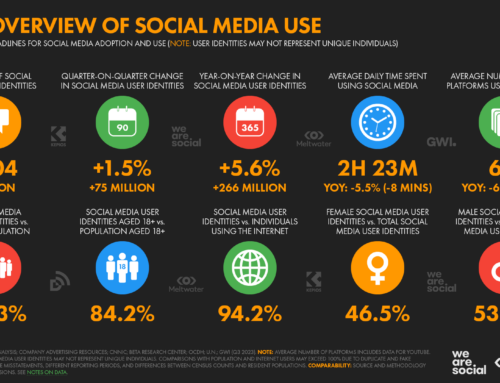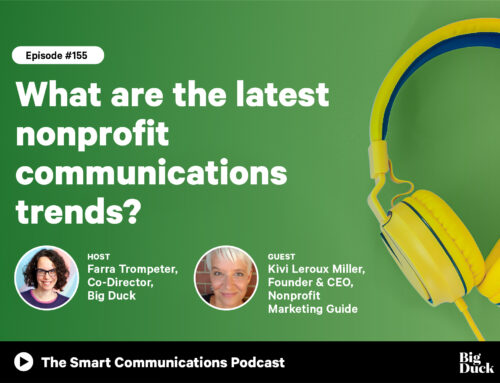I saw this tweet from Mark Horvath of Invisible People and We Are Visible via Facebook yesterday:

I followed up on Facebook with Mark and he said he couldn’t come up with any good examples of agencies that serve the homeless who actually had good content directed at homeless people on their websites. He says most of those websites are donor-centric or all about the organization itself. If you know of an agency that serves homeless people with good content for that clientele on their website, please share in the comments!
I think this is a perfect example of just how fast the world of nonprofit communications is changing. Your old assumptions about who consumes what kind of content just don’t work anymore.
I suspect many people would say, “Well, homeless people don’t have computers.” Or they might concede, “Well, I guess they could go to the library and use a public computer.”
But look at what Mark says: “Homeless people are not really thought of as consumers, which is sad! With tablets now getting affordable, a tablet + wifi gives great access.” Forget the computer with wired Internet access. Heck, forget the mobile phone with the monthly data package. He’s talking about people who can get and stay connected online with a one-time technology purchase (or donated device) and free wifi. And remember, many homeless people (44%) do have jobs, and others get disability or other government support, and therefore can make some choices as consumers. A recent USC study found that homeless teens consider a smart phone as important as food.
I did a very quick search and found plenty of evidence that technology — including old laptops and cheap netbooks — is not uncommon among homeless people. (How Facebook and Twitter are helping the homeless and Low-cost cellphones, Internet access help keep North Coast homeless in touch.)
Now, of course, this is not all homeless people, and not even a majority. But in today’s fragmented media environment, it’s hard to say that any particular communications channel is a slam dunk for a majority of any particular group. It’s now a multi-channel, multi-screen world, which means you need to provide multiple options so individuals can pick the best ways to communicate with you, given their own particular preferences and circumstances.
If I were in charge of a website for an agency that served homeless people, right next to my big ol’ “Donate” button, I think I’d probably have a big ol’ “Homeless?” button that went to mobile-optimized pages and real-time social media content relevant to homeless people.
I think we’ve blown up this notion that homeless people don’t access the web. What other bad assumptions are nonprofits making about the people they serve that are negatively affecting their communications?






